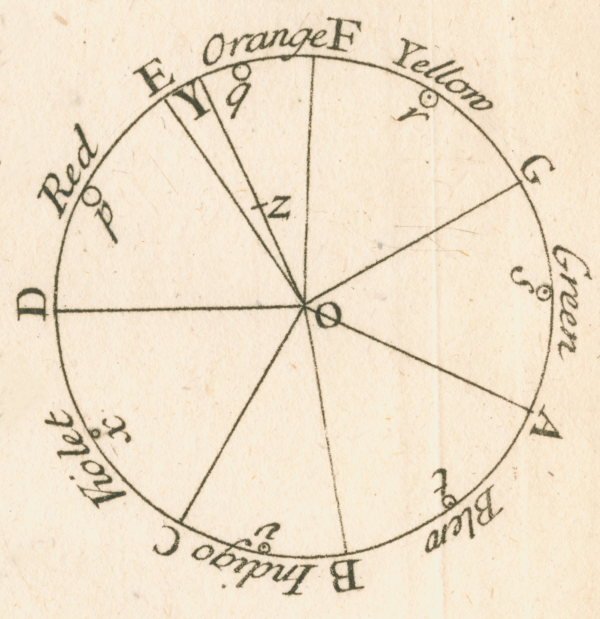Also called, Linguistic Relativity; is the idea that Language is a primary component in a humans understand and experience of reality.
Language and Reality
“Every language is a vast pattern-system, different from others, in which are culturally ordained the forms and categories by which the personality not only communicates, but also analyzes nature, notices or neglects types of relationship and phenomena, channels his reasoning, and builds the house of his consciousness.” - Benjamin Lee Whorf
There continues to be some debate however about whether a culture is the constructor for a groups development and usage of language; and thus the primary influence in world view, or if Language itself has an influence on the cultural development of a group and acts as a lens for a culturuaeistic world view.
People of different cultures and languages certainly see the world differently in so much as simple interactions with people of other cultures can yield drastic difference in experience and widening of personal perspective.
Seeing Color
A simple demonstration of this phenomenon can be observed in how language handles color.
In Modern English, we have assigned all sorts of names to different colors that are “in between” hues on a color wheel. Most of the time, we use the proper noun for a material that appears naturally in that color to represent its name. These are the colors on a spectrum according to Sir Isaac Newton.
Colors:
Red
Orange
Yellow
Green
Blue
Indigo
Violet
Now, to be fair, Newton was an “Alchemist” and had somewhat of a Mystical reason for wanting exactly 7 colors on his representation of the color spectrum based on musical notes or the number of “known planets” at the time.
 Colour wheel from Newton’s Opticks (2nd ed., 1718)
Colour wheel from Newton’s Opticks (2nd ed., 1718)
Still, we have these arbitrary names between hues. Take Orange and Yellow for example and the midpoint would be Gold.
The fact remains that there is another axis for viewing color besides simple transitions between hues, that being “lightness”.
Take for example the color red: Light Red in English would be represented as Pink. However, in Russian, Light Red is розовый (Rozovyy). The word Rozovyy means Rose; a proper noun. The difference is nuanced, but there IS a difference between what we would determine as a separate color and a transitionary color between hues. You wouldn’t really call something “light red” in English. You would say that thing is “Pink”. It is in and of itself a syntactically separate color.
Russian famously handles light blue in the same way. They have syntactically separate words for these colors and consider them separate colors. (Your mind may immediately go to the word “teal”, but teal is transitionary towards green and is not a shade differential with dark or light blue.) In Russian the word for dark blue is синий (siniy), and the word for light blue is голубой (goluboy). To a native Russian speaker, these two colors are distinctly separate colors; whereas in English they are different shades of the same color.
Once again, this difference is subtle and ultimately could be argued that the two languages are really attempting to represent the same thing with different words. But, imagine for a second that the in your world you could “see” a new and different color whenever you looked at the sky. This small syntactic difference would completely separate the color of the sky from something like the ocean. If the sky and the ocean are not the same color in your mind, do you see the world in the same way as someone who sees them as the same?
Have you ever wondered why Tigers are orange if they are in environments that are entirely green. How could that possibly help them be successful hunters? Well, most mammals like deer and other prey are “dichromats” meaning they are red-green colorblind. To them, a Tiger appears nearly solid green with black stripes. Imagine trying to spot a dark green and black striped cat hiding among the shadows of a jungle. Tigers are orange to “trichromats” (where we are not red-green colorblind) because orange is a naturally simple and easy color to produce in fur.